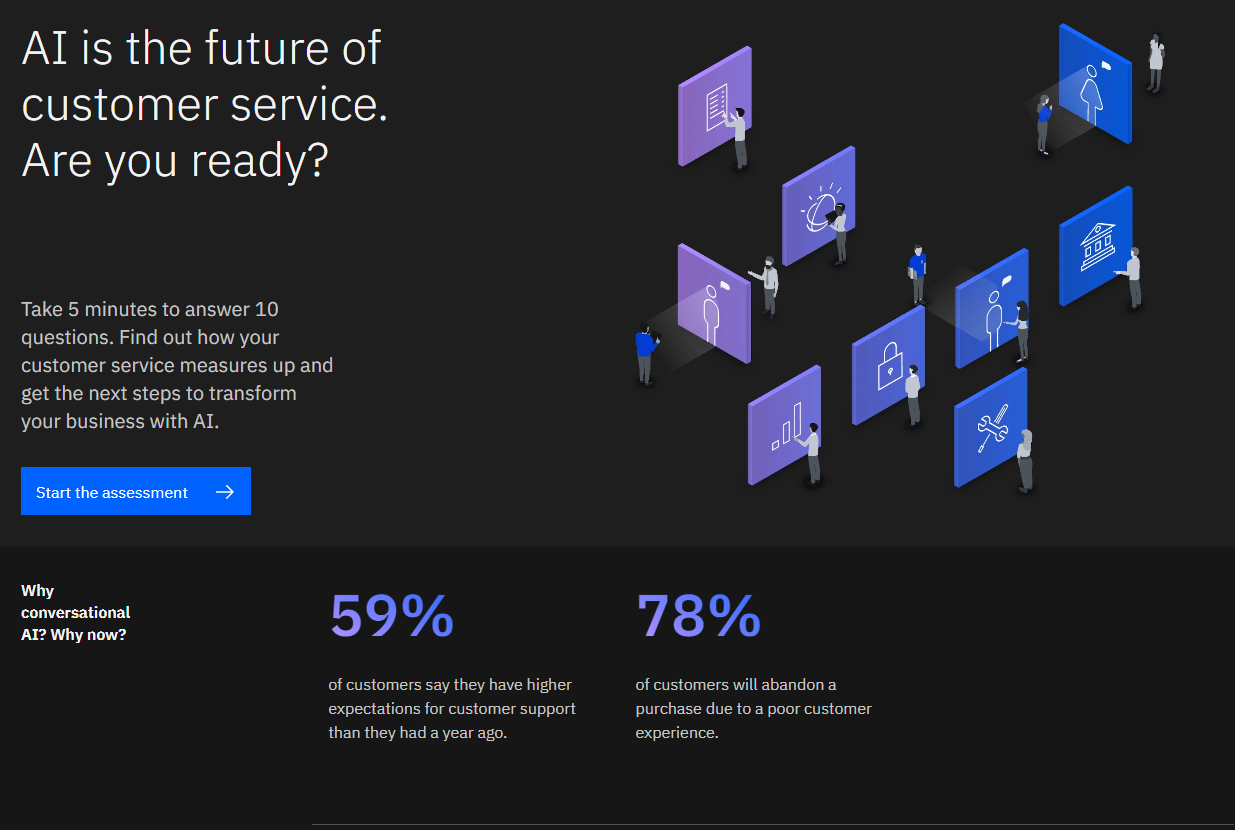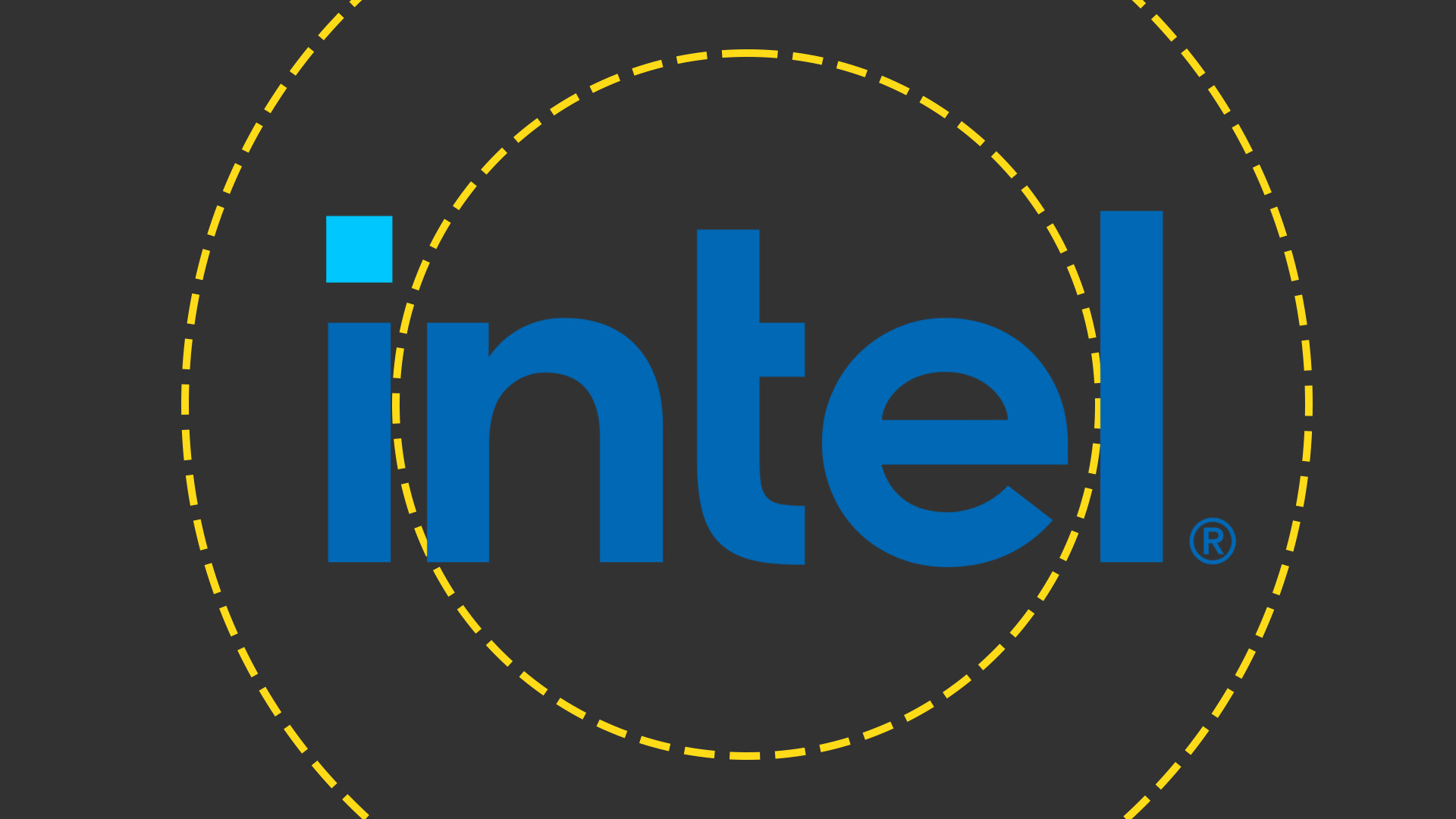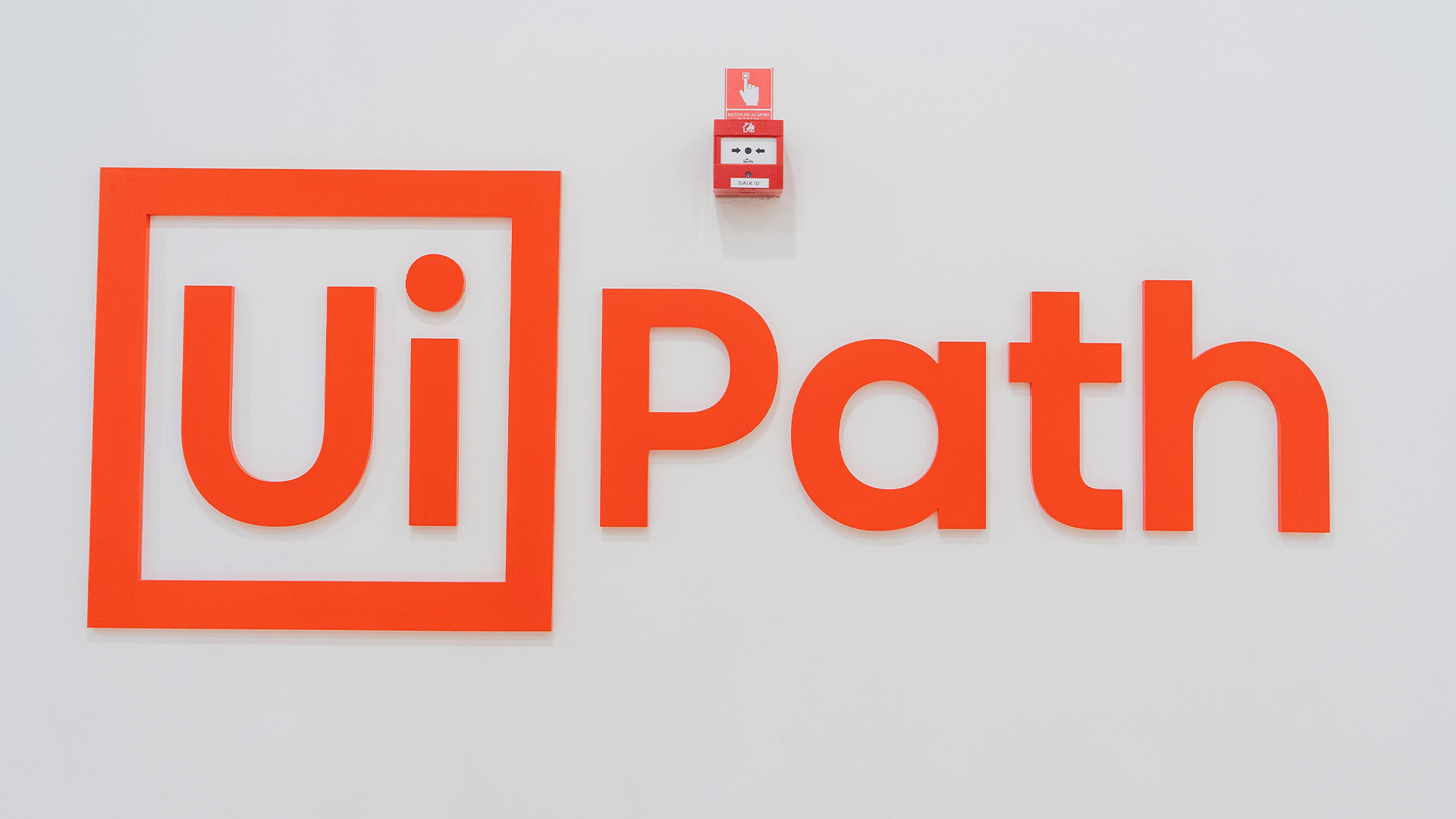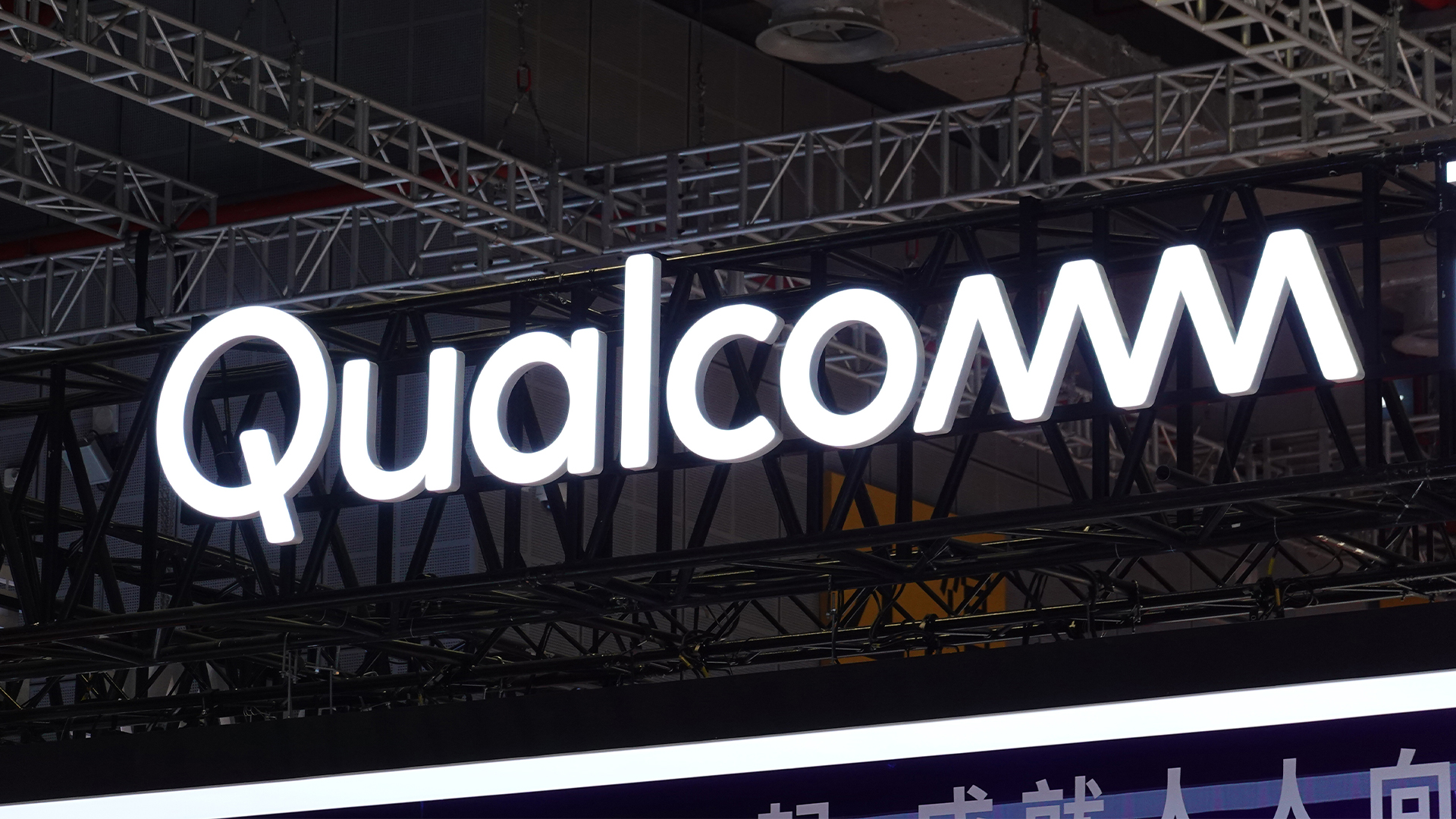What the brain-computer interface (BCI) means for business
This emerging technology could be a catalyst to supercharge productivity, but also poses a means by which employers can spy on their workers


The idea of using your mind to control digital devices has been in development for decades. Only in recent years, though, has the brain-computer interface (BCI) begun to show practical potential. Indeed, this futuristic-sounding technology could soon be the next frontier for the user interface (UI), post-touch and post-voice.
BCI technology allows users to focus their minds on a task they want to achieve, and transmits their instructions to a device or application. This is commonly done through electrodes planted close to the scalp, although some BCI systems use implanted sensors. Researchers at Berkeley have also created 'neural dust' – a small device the size of a grain of rice – that could be implanted in the body and connected wirelessly to a controlling device.
Perhaps unsurprisingly, the military sees a plethora of potential applications in BCI technology, with the US Defense Advanced Research Projects Agency (DARPA) carrying out much of the current research. For businesses, BCI might seem more at home in science fiction, but so did the likes of virtual reality (VR), augmented reality (AR) and quantum computers, until breakthroughs shifted the paradigm.
BCI could be on a similar trajectory and could be practical in specific environments, futurist Ian Pearson tells IT Pro. "BCI is likely to be used in situations where other interfaces are not appropriate: the battlefield, for example, or public areas where speech, typing or gestural control isn't possible," he says.
The technology can, for example, be used to change channels on a TV or send messages. Consumer deployments aside, various industries across the economy, albeit cautiously, will be keen to exploit the potential of this emerging technology.
BCI is connecting minds together
Some of the most promising research is happening in the realm of medical science. As shown by organisations like the BCI Pioneers Coalition, the technology is helping disabled patients control artificial limbs or people with severe mobility issues and paralysis control speech synthesisers or motorised wheelchairs. Related implanted technologies can also relieve the symptoms of neurological conditions.
"Researchers are optimistic that the development of BCI technology, if applied correctly, could greatly enhance human-machine teaming,” Dr Helen Dudfield, chief of training for QinetiQ, tells IT Pro. "'Adaptive' BCI, meanwhile, with the ability to respond to an operator's needs at the speed-of-thought, can help to manage performance in mentally challenging situations, by streamlining information and monitoring and reacting to stimuli.”
Sign up today and you will receive a free copy of our Future Focus 2025 report - the leading guidance on AI, cybersecurity and other IT challenges as per 700+ senior executives
RELATED RESOURCE

Several BCI technologies already exist, including Neurable, which builds brainwave sensors into headphones to make their BCI technology accessible. Emotiv, Kernel, Bitbrain, OpenBCI,and Elon Musk’s Neuralink have sensing technologies that developers can use to develop their BCI products further. NextMind, too, is how many envisage BCI manifesting in the workplace – a device that augments existing control technologies such as keyboards, mice, and VR headsets.
In business, BCI could become one component of a multifaceted interface, says Institute of Electrical and Electronics Engineers (IEEE) artificial intelligence (AI) ethics engineer and AI faculty at Singularity University, Eleanor Watson. “BCI systems can further streamline technologies which attempt to present immersive interfaces and blended realities. It may enable AR within natural eyes, by interfacing with the optical network of the brain rather than technology before or inside the eyes.
“BCI can enable us to tune our environment with reduced or altered stimuli without requiring anything over our physical ears,” Watson adds. “These elements, together, will provide greater control over our personal circumstances on one level, but it may also insulate us from stimuli in a manner which could be unhelpful. The sudden breakdown of BCI tech could create a jarring and unsettling return to base reality.”
Can BCI represent a solid business opportunity?
Whether this technology can shift from a novelty to a practical tool remains to be seen. BCI systems do have several business applications, but expectations for executives to begin handing out brainwave devices should be tapered. The hardware, for example, would be extremely cumbersome, and businesses would be required to make huge investments in technology that hasn’t yet proven its worth. The reluctance to adopt VR on a widespread basis, despite some demonstrable benefits like in training, signals how long it might take.
There are also several privacy issues to address. Specifically, when using this technology, how could brain activity be tracked and analysed? Some employers have been keen to harness new technology, and exploit trends like hybrid work, to further raise the level of . There’s no reason this won’t be extended if and when BCI is adopted. The Harvard Business Review, for example, ponders whether a BCI human resources (HR) dashboard is the future, where employees’ attention could be monitored through the technology they use.
“If BCI becomes commonplace, people may be coerced into adopting them as an implied condition of employment, as an efficient employee,” says the IEEE’s Watson, warning about the potential privacy issues. “This may lead to people being even more burdened with work and overstimulation. Not everyone may be able to use BCI, and any implanted technologies may go quickly out of date and may not be easy to upgrade. Imagine being stuck with the limitations of a first-generation smartphone for the rest of your life.”
How BCI would be deployed will need a detailed debate to ensure the ethics, social and emotional impact BCI could have in a military setting, for instance. In an office or remote working environment, how users would integrate BCI into their working lives has yet to come into focus. Today, a few novel consumer products illustrate that the fundamental technology that underpins BCI is tangible. The next stage will be to evolve these technologies into practical business tools.
David Howell is a freelance writer, journalist, broadcaster and content creator helping enterprises communicate.
Focussing on business and technology, he has a particular interest in how enterprises are using technology to connect with their customers using AI, VR and mobile innovation.
His work over the past 30 years has appeared in the national press and a diverse range of business and technology publications. You can follow David on LinkedIn.
-
 UK firms are pouring money into AI, but they won’t see a return on investment unless they address these key issues
UK firms are pouring money into AI, but they won’t see a return on investment unless they address these key issuesNews An SAP report projects increased AI investment, but cautions that too many organizations are taking a fragmented approach
-
 Employee ‘task crafting' could be the key to getting the most out of AI
Employee ‘task crafting' could be the key to getting the most out of AINews Tweaking roles to make the most of AI makes you more engaged at work
-
 ‘Always on’ culture is harming productivity, so workers are demanding ‘digital silence’ to get on with tasks
‘Always on’ culture is harming productivity, so workers are demanding ‘digital silence’ to get on with tasksNews Tired of relentless notifications, emails, and messages? You're not alone. Workers across a range of industries are calling for 'digital silence' periods to boost productivity.
-
 Intel makes high-level hires while factory workers are warned of layoffs
Intel makes high-level hires while factory workers are warned of layoffsNews The company is appointing four senior executives as part of efforts to refocus on engineering and customer relationships
-
 UiPath names Simon Pettit as new AVP for UK and Ireland
UiPath names Simon Pettit as new AVP for UK and IrelandNews The seasoned leader will spearhead region-specific transformation projects as UiPath looks to drive operational growth and customer engagement
-
 'Digital hide-and-seek': Workers are wasting hundreds of hours a year sourcing the information they need to carry out their role
'Digital hide-and-seek': Workers are wasting hundreds of hours a year sourcing the information they need to carry out their roleNews Knowledge workers globally are wasting a quarter of their working week tracking down information, new research from Atlassian has revealed.
-
 The race is on for higher ed to adapt: Equity in hyflex learning
The race is on for higher ed to adapt: Equity in hyflex learningWHITEPAPER Fulfil student and faculty needs
-
 Practical ergonomics guide for education
Practical ergonomics guide for educationWHITEPAPER Save energy, focus, and promote overall well-being


